Sound: 









Value: 









(Read about our ratings)
 For a while now, I’ve wanted to check out more gaming headsets for SoundStage! Solo. Playing games online with friends is a big part of the modern social experience, one that I enjoy a few times a week. A good headset can make a huge difference, not just for your own enjoyment but also for the bonus of your friends and teammates being able to understand you.
For a while now, I’ve wanted to check out more gaming headsets for SoundStage! Solo. Playing games online with friends is a big part of the modern social experience, one that I enjoy a few times a week. A good headset can make a huge difference, not just for your own enjoyment but also for the bonus of your friends and teammates being able to understand you.
Every time I’ve looked at what’s available to get in for review, the elephant in the room has always been the Audeze Maxwell (US$299, CA$449, £319, €329 for the PC/PS5 version; slightly higher for Xbox). It’s at the top of most “best” lists, which isn’t too surprising since the Maxwell is essentially a pair of wireless planar-magnetic headphones cosplaying as a gaming headset. It isn’t even that expensive, at least compared to most planar-magnetic headphones.
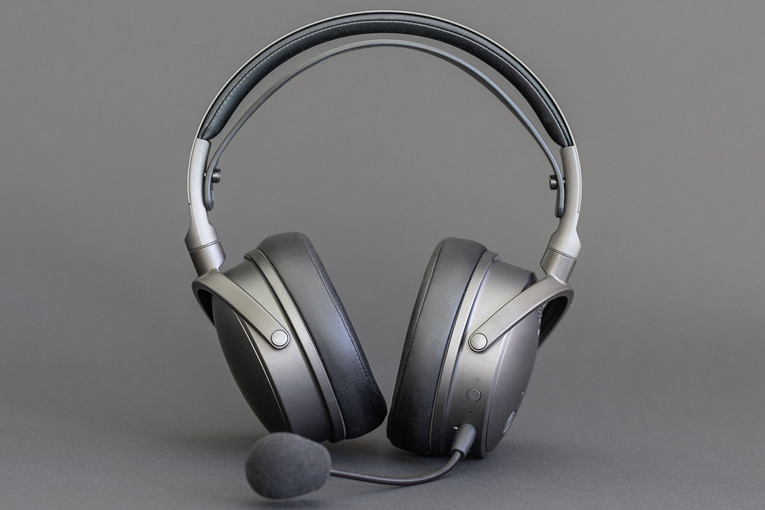
The problem is, I’ve been requesting a review sample for literally years. The Maxwell first hit the market in January 2023, right when I took over Solo. Despite numerous requests since then, including even reviewing different Audeze headphones, for some reason they didn’t want to send me a set. So I just bought one. Here’s a review of my very own Audeze Maxwell.
In the box
Included with the Maxwell are a detachable microphone, a wireless dongle (USB-C), a USB-C-to-USB-C charging cable, a USB-C-to-USB-A adapter cable, and a 3.5mm analog cable. It’s a little surprising there’s no carrying case or bag, but I tend to leave my gaming headsets within reach on or next to my desk, so a case would just add to the detritus slowly engulfing my house.
Use
More than anything else, you need to understand that the Maxwell is heavy. I knew this going in, but once it’s on your head it’s still surprising how heavy it is. Audeze specifies weight at 490g, but I weighed mine and it was 516g. Either way, that’s over a pound, and to my recollection that’s heavier than any other headphones I’ve reviewed for Solo. At the end of a long gaming session, my neck absolutely feels it. I’ve been wearing mine for a few hours at a time to try to get used to it. It seems to be working, mostly. At the very least, it’s a wearable reminder to have good posture while sitting at a computer.
It seems like Audeze spent a lot of time and effort on sound and features, but none on weight reduction. Making something light costs money, and perhaps to hit the $300 price point, there wasn’t much room left in the budget.
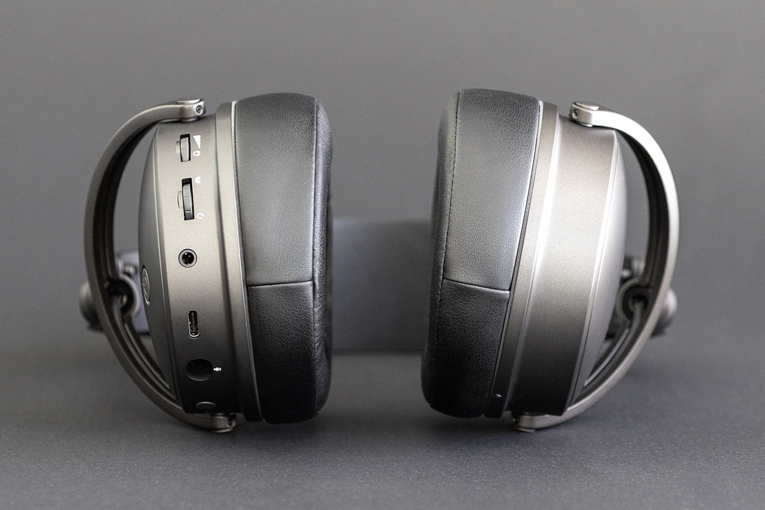
In terms of usability, the Maxwell is great. My PC registered the dongle, and the headset connected immediately. The Maxwell connected to my phone via Bluetooth like any other Bluetooth device. The left earcup has all the controls. On the outside, there’s a toggle switch to mute the microphone, as well as a power button. Two dials on the bottom control overall volume and the blend of game volume and voice. These not only feel the same and are right next to each other, but also feel quite cheap. It’s easy to adjust one and bump the other, or to adjust the wrong one. One final button switches between different noise-suppression settings, but this is for the microphone. The Maxwell does not have noise canceling.
Audeze claims 80 hours of playback per charge and 25 percent charge after just 20 minutes. This will vary depending on the volume level, but given that I only had to charge my Maxwell once during the first few weeks I owned it, this feels like a reasonable estimate and quite impressive overall.
If you want to go more in-depth with your sound settings, there’s an app for mobile and computer called Audeze HQ. This has EQ presets like Bass Boost and Footsteps, as well as a ten-band EQ you can save to four presets. The best feature in the app is the ability to adjust the amount of Sidetone, i.e., how much of your own voice you can hear when speaking. This can make such a difference in speaking in a more natural way and is a feature I wish more regular headphones had. If you don’t want to deal with the app, double-pressing the game/voice scroll wheel will toggle the Sidetone. This feature does add a little bit of background static—not enough to be annoying, but it is noticeable if there’s no other audio.
Music
The overall sound is slightly warm with clear highs and accurate mids. The Maxwell is, to put it simply, a great-sounding headset.
On America’s “Ventura Highway” (Homecoming, 24-bit/192kHz FLAC, Rhino Entertainment / Qobuz), the soundstage wasn’t particularly wide—not too surprising given that the Maxwell is a closed-back design. The guitars sat roughly mid-shoulder. Typical of planar-magnetic designs, transients were fast and lifelike. While a little on the warm side, this didn’t seem to be at the expense of mids and treble. While there was plenty of detail, I’ve heard headphones with more openness in the high treble. Given the Maxwell’s intended use, an abundance of high frequencies can sometimes be fatiguing, so not having that edge seems like the right balance.
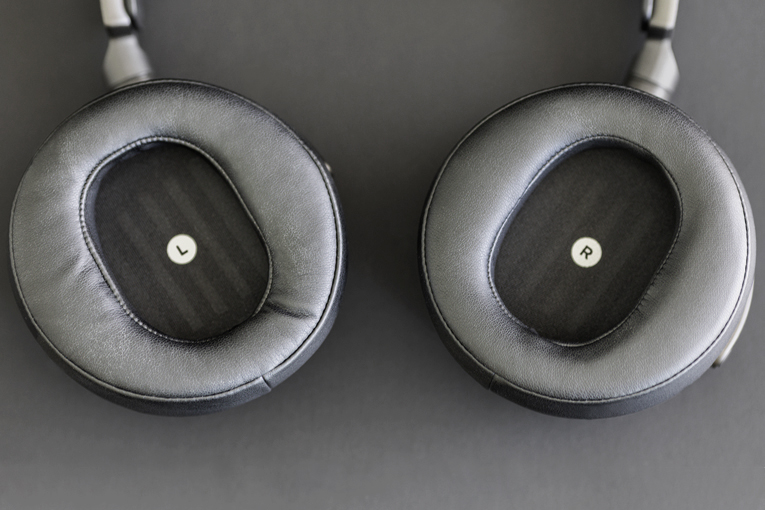
With something a bit heavier, like “Escape Velocity” by the Chemical Brothers (Further, 16/44.1 FLAC, Universal Music / Qobuz), the Maxwell had warm, controlled bass. Not quite as deep or as big as some bass-friendly headphones like the Bowers & Wilkins Px7 S3s, but more than enough to do justice to this musical genre. Speaking of justice, “D.A.N.C.E.” by Justice (Justice, 16/44.1 FLAC, Ed Banger Records / Qobuz) had that band’s typical blend of beats and overly treble-boosted synth percussion. The Maxwell reproduced this treble well, without the edge and harshness that’s all too easy with this band’s music.
Gaming
This is my job, after all, so I forced myself to test the Maxwell using a variety of single and multiplayer games, including Deep Rock Galactic and Sniper Elite: Resistance.
Jump Ship wasn’t even in Early Access when I wrote this review, but the initial demo caught my attention and that of a bunch of my friends. It’s similar to Sea of Thieves, except that it takes place in space with up to four players, all on one ship fighting against, in this case, robot enemies. When I used the Maxwell, my friends could hear my voice clearly, even though I was sitting next to a fan that was feebly attempting to keep the temperature in my office at a reasonable level.
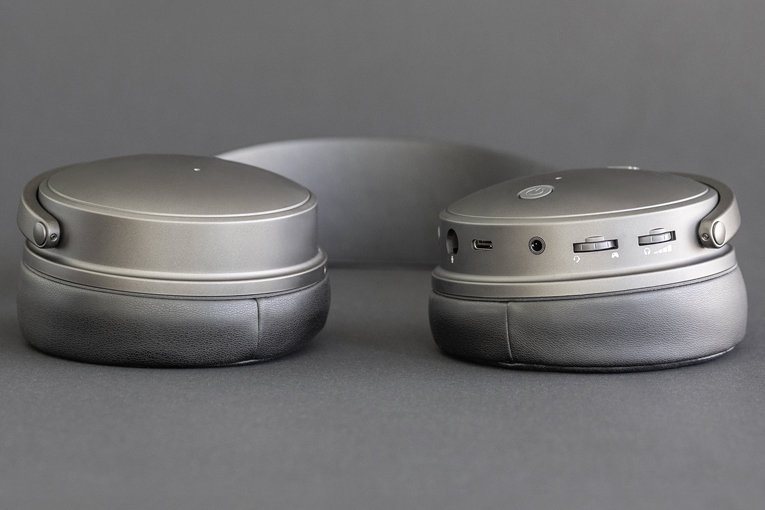
With Dune: Awakening, the Maxwell did a fantastic job with the rumble of the worm (walk without rhythm!). Gunshots and enemy shouts were clear and well balanced. With the cacophonous audio of Deep Rock Galactic: Survivor, the various mining hits had a crystalline (pun intended) clarity, while the explosions of bugs and “thump thump thump” of various weapons all had a solid, but not boomy, heft.
Conclusion
So the question is, do I regret spending my own money on the Maxwell? No, though I’m not as blown away as many reviewers. I think the issue is that if someone is used to reviewing gaming headsets, which are often rubbish headphones, the Maxwell’s planar drivers might seem revelatory. But I’m quite used to planar headphones, so I find the Maxwell pretty par for that specific course. It sounds good, sure, but not better than the HiFiMan Sundaras I use for most of my day-to-day listening.
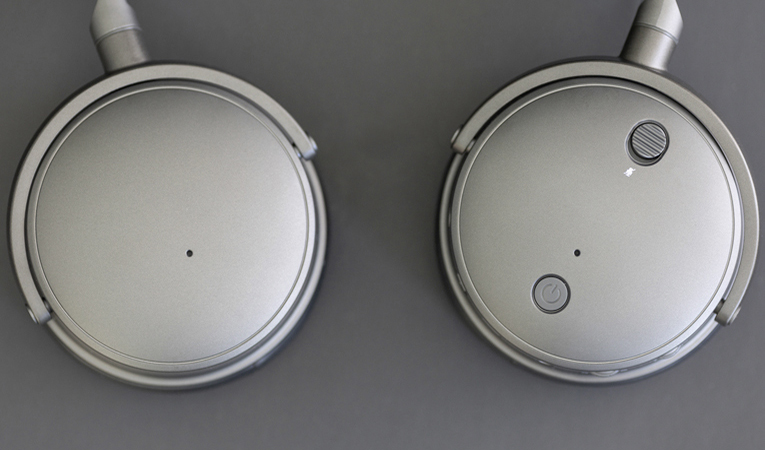
Is the Maxwell the best-sounding gaming headset? Could be. I’ll certainly review more to find out, but I wouldn’t be surprised. It’s among the few made by companies that know headphones, plus it features hardware that’s used in many of the best-sounding regular headphones. Pulling that off for $300 is pretty impressive, to be fair. I just wish the Maxwell wasn’t so damn heavy. I definitely can’t use it for listening all day while working like I can with the Sundaras, which are 33 percent lighter. If we had a third rating based on comfort and ergonomics, the Maxwell would get a 4/10. I do plan on using it for all future gaming sessions, though, assuming my neck holds up.
. . . Geoffrey Morrison
Associated Equipment
- PC: iBuyPower Windows 10
- Phone: Pixel 9 Pro
Audeze Maxwell gaming headset
Price: US$299, CA$449, £319, €329, for the PC/PS5 version; slightly higher for Xbox
Warranty: One year
Audeze
3412 S. Susan St.
Santa Ana, CA 92704
USA
Phone: (714) 581-8010
Website: www.audeze.com





